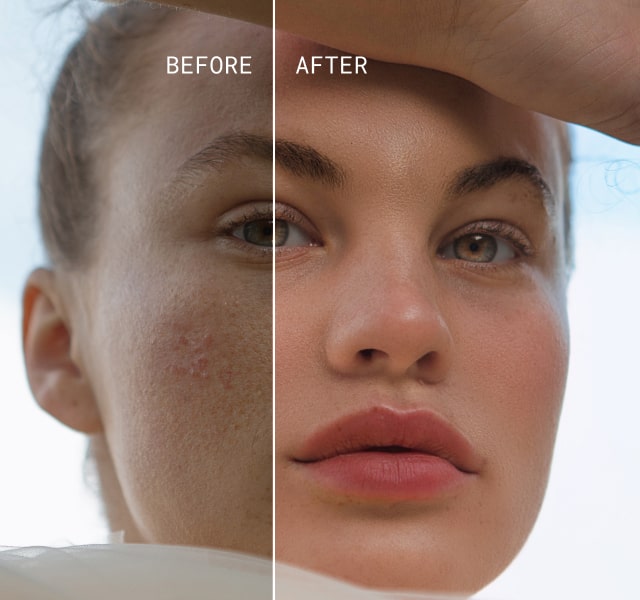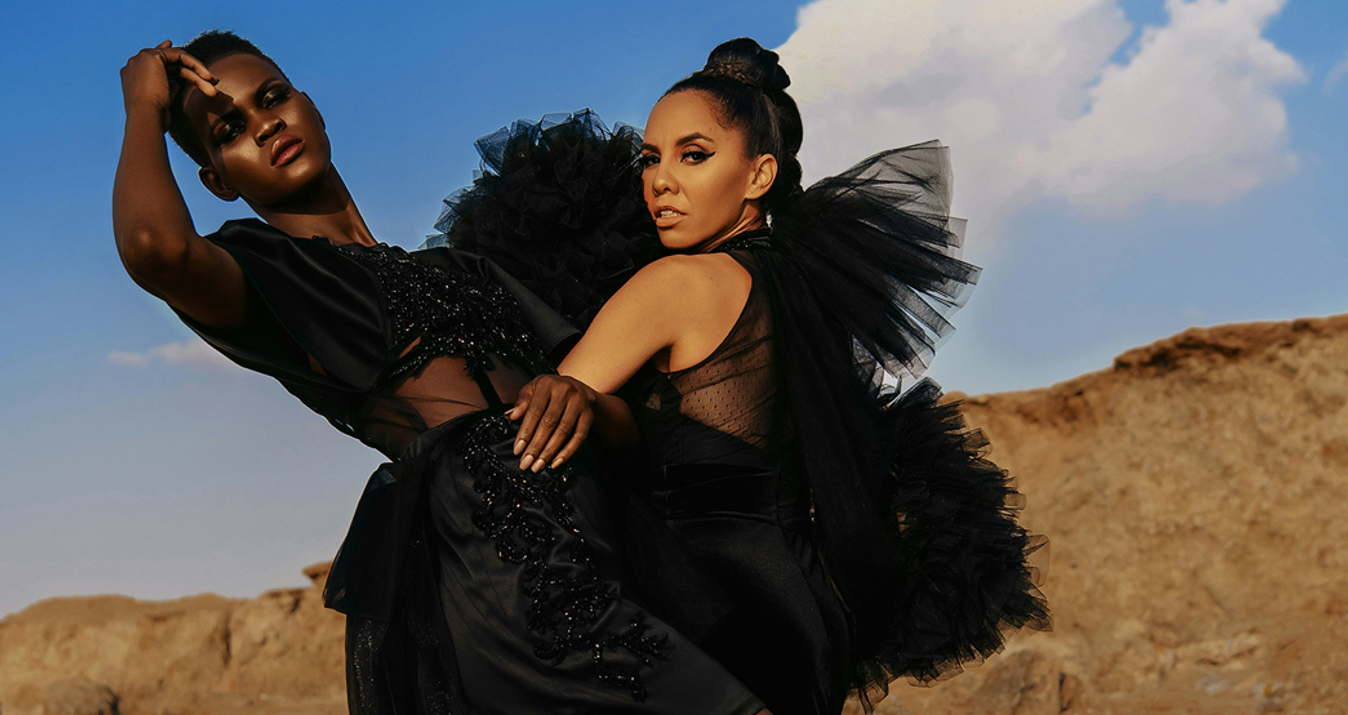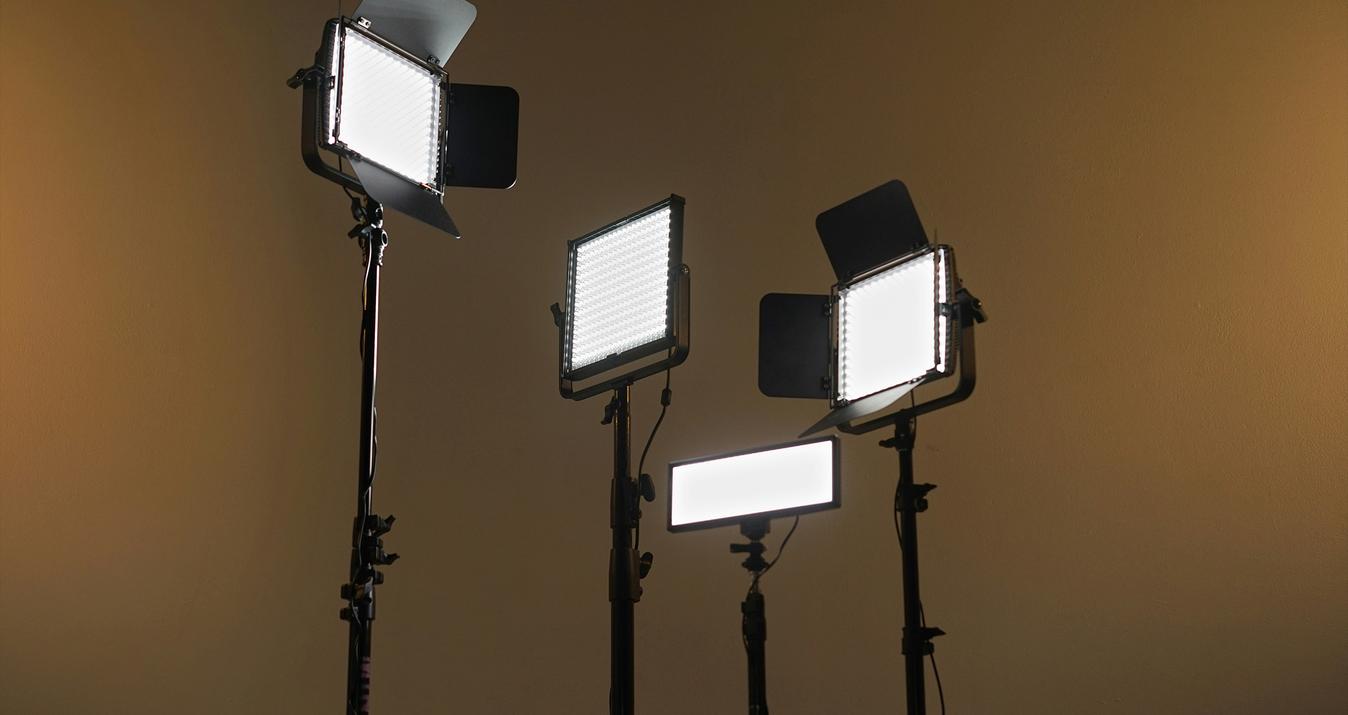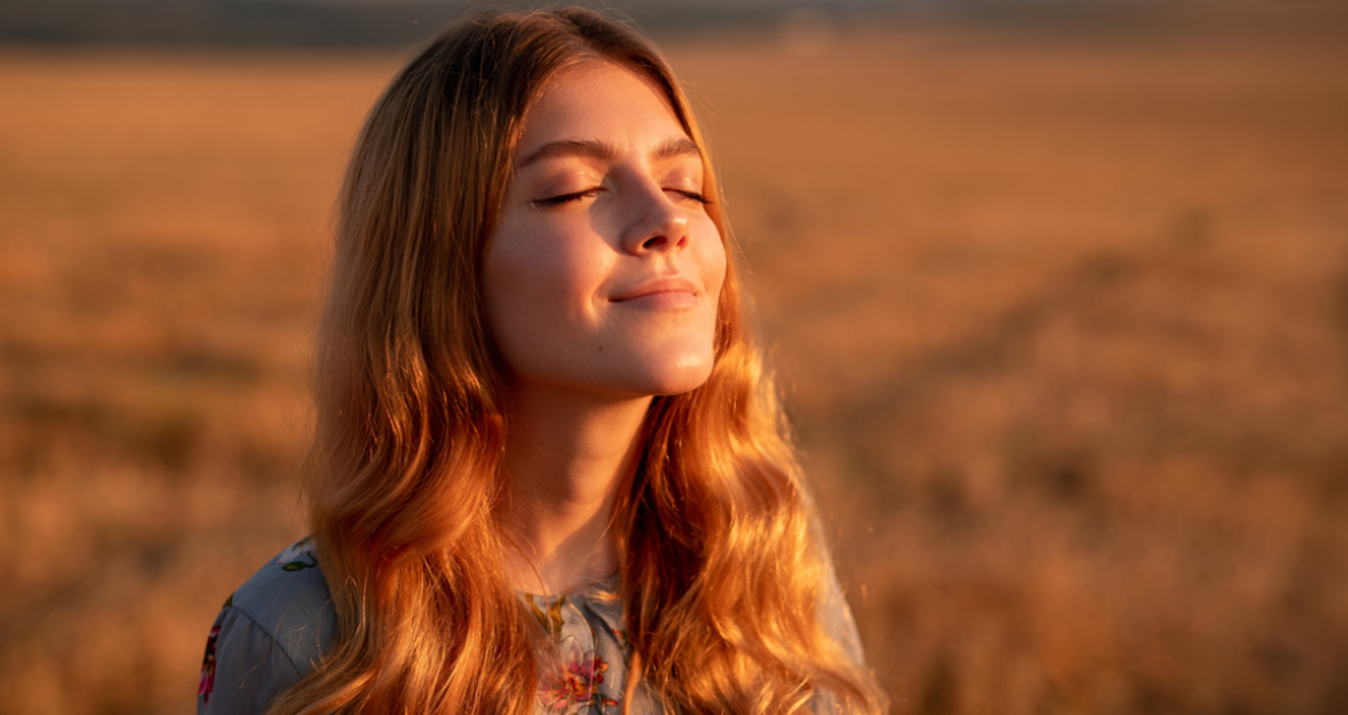The Magic Of Golden Hour Portraits And How To Make It The Best
August 20, 2025
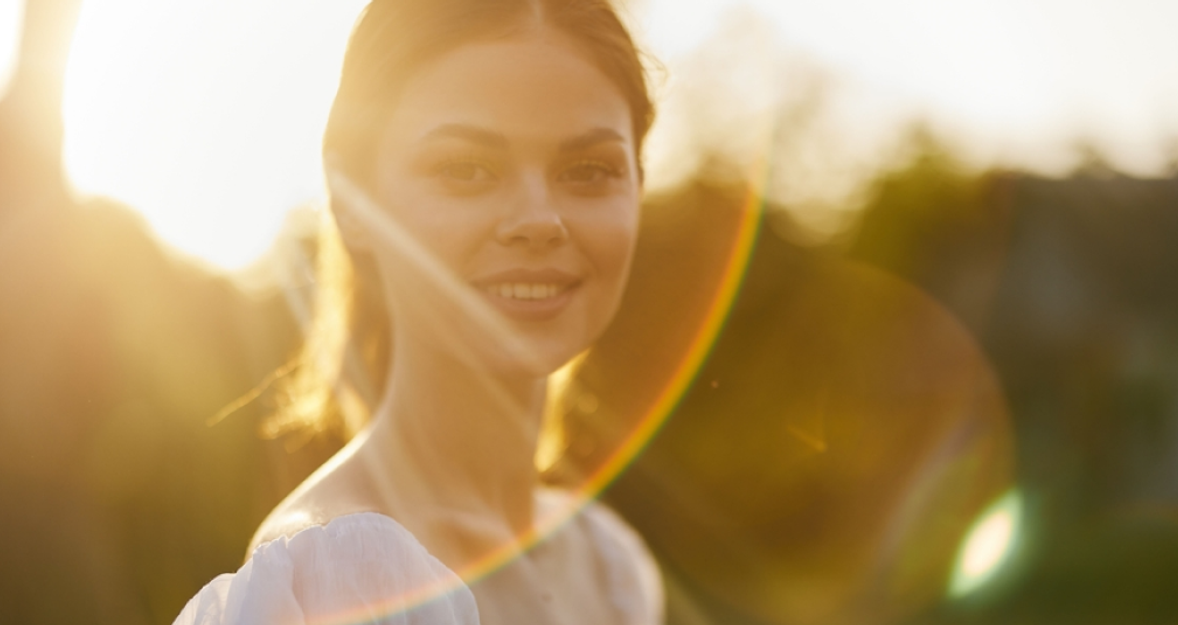
There are a few conditions that almost feel like photography on easy mode: rainy nights, foggy mornings, and golden hour. Each of them brings its own mood, atmosphere, and colours that make shooting a pleasure. Rainy nights and foggy mornings have always been the backbone of my work, giving me that sombre and cinematic feel I love to work with.
Golden hour, on the other hand, feels completely different. It carries warmth and often a sense of happiness or nostalgia, which is both refreshing and inspiring to shoot in. Portraits especially come alive in this light, with skin tones and colours looking flawless without much effort at all. It’s an ideal time for beginners who want beautiful results straight away, and for professionals it adds a versatile and striking look to any portfolio.
So let’s take a closer look at how you can make the most of golden hour portrait photography.
Understanding Golden Hour Light
 Golden hour light happens around sunrise or sunset, and it takes its name from the golden glow cast by the sun. While it is often described as easy to work in, I’ve found that it actually demands a lot of planning and preparation to get a successful shoot.
Golden hour light happens around sunrise or sunset, and it takes its name from the golden glow cast by the sun. While it is often described as easy to work in, I’ve found that it actually demands a lot of planning and preparation to get a successful shoot.
The challenge is that golden hour is such a short window of time. If you arrive late or you’re not fully prepared, you risk wasting the best light. I always tell my models and clients to arrive well before we start shooting so that we can make use of every drop of that glow.
This means having your location agreed on, your poses and themes worked out, and your camera settings ready to go. I usually recommend starting in the late afternoon, as it can take a little while for both you and your model to warm up and find a natural flow. You don’t want that to happen halfway through the shoot when the light is already fading.
Like any type of photography, preparation makes all the difference. But with such a narrow shooting window, it becomes even more important to plan around the essentials:
Location
Poses
Themes
Warm-up shots
Less Time Editing, More Time Creating
Try Aperty NowWhy Golden Hour Improves Portraits
 There’s a reason golden hour feels almost magical when it comes to portraits. The light is soft, warm, and incredibly flattering for skin tones. I’ve noticed that it smooths over textures and even makes blemishes far less noticeable. It’s the complete opposite of shooting in the harsh midday sun, which tends to highlight every flaw and create unflattering shadows.
There’s a reason golden hour feels almost magical when it comes to portraits. The light is soft, warm, and incredibly flattering for skin tones. I’ve noticed that it smooths over textures and even makes blemishes far less noticeable. It’s the complete opposite of shooting in the harsh midday sun, which tends to highlight every flaw and create unflattering shadows.
Colours come alive during this time as well. The warm glow adds richness and depth, giving portraits a natural vibrancy without needing much editing afterwards. I often find myself spending less time in post-production because the tones already look beautiful straight out of the camera. That golden warmth just seems to enhance everything it touches, making both people and backgrounds look their best.
Golden Hour Portrait Photography Example
Planning the Shoot
Preparation is everything when it comes to the natural lighting portrait photography. With such a short window to work in, the last thing you want is to waste time figuring things out on the spot. I always make sure I understand exactly how my chosen location will interact with the light. One of the main challenges is dealing with low-light. Grain and noise can creep into your images if you’re not careful, especially in shaded areas. I’ve found it helps to look for clear views of the sky or to use the environment to reflect light back onto the subject. Light-coloured walls, for example, can be a great ally.
Because I usually shoot in cities, I often deal with tall buildings and narrow alleys that block the sun. That can make it harder to get the clean, bright look I want. If you’re shooting in open landscapes, you’ll likely have fewer issues, but in urban settings, scouting ahead is essential.
Wardrobe is another part of planning I never overlook. Golden hour has a specific mood, and I like to lean into it with colour choices. Darker outfits tend to lose their detail, while warm tones, pastels, and flowing fabrics really shine in this light. Loose clothing works beautifully when paired with backlighting, which we’ll touch on later. I always have a chat with my model beforehand about what outfits they’re bringing so we’re both on the same page.
And of course, the weather. It sounds obvious, but I can’t tell you how many times clouds have shifted my plans. A little cloud cover can actually create a gorgeous sky, but too much of it will strip away that golden glow entirely. I always check the forecast and, if needed, I won’t hesitate to postpone. It’s far better to wait than to compromise on the light that makes this time of day so special.
Best Camera Settings for Golden Hour Portraits
 Golden hour might be beautiful, but it also pushes you into low-light territory quicker than you expect. That means your settings have to work hard for you. This is how I usually approach it:
Golden hour might be beautiful, but it also pushes you into low-light territory quicker than you expect. That means your settings have to work hard for you. This is how I usually approach it:
I like to keep my shutter speed around 1/125 sec. It’s slow enough to bring in plenty of light but not so slow that motion blur becomes an issue. If my model is moving more dynamically, I’ll adjust accordingly, but this is a good starting point for a relaxed portrait session.
For aperture, I tend to sit at f/2.8. It’s my sweet spot because I love the shallow depth of field, and it also lets in more light, which is essential once the sun dips lower.
The last thing I set is ISO. With shutter speed and aperture fixed, I dial the ISO until I get the exposure I want. I’m careful here, because pushing it too high will introduce noise and destroy details. In most cases, somewhere between ISO 200 and 400 does the trick, but it really depends on the environment and your camera.
A couple of extra things make a big difference in golden hour. Always shoot in RAW. The extra dynamic range gives you more freedom to recover shadows and highlights in post. And don’t be afraid to slightly underexpose your images. Skin tones in particular hold up far better this way, and you’ll have an easier time lifting details from the shadows than rescuing blown highlights. So if the shot looks a little darker than expected in camera, don’t panic, you’re actually right where you need to be.
Golden Hour Portrait Photography Tips
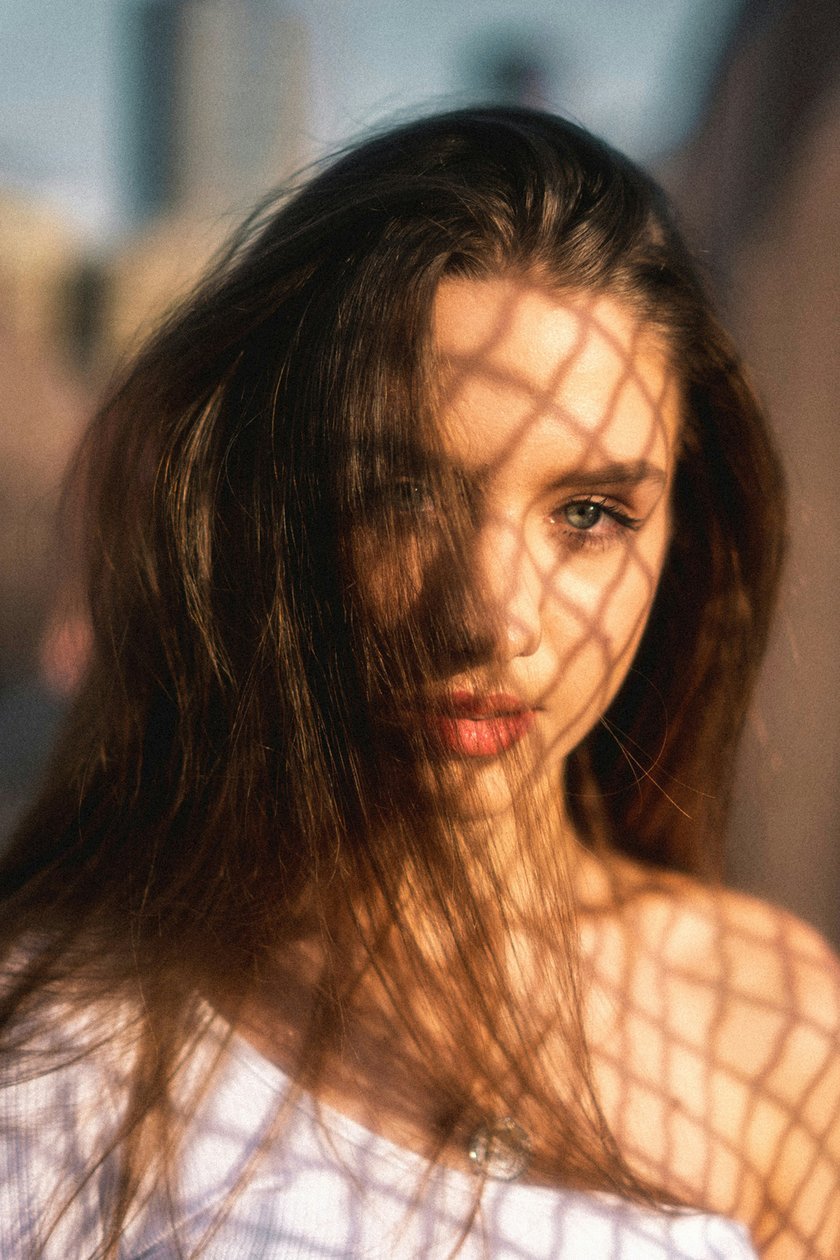 1. Preparing Before the Shoot
1. Preparing Before the Shoot
Before the shoot even starts, I like to get on the same page with my model. Sharing a folder of inspiration images, whether on Google Drive or Pinterest, always helps. It gives us both a visual reference and makes it easier to revisit ideas mid-shoot if we need to.
2. Playing With Golden Hour Lighting
When it comes to lighting, side lighting is one of my favourites. It adds depth by illuminating half the face, bringing out features and texture in a really flattering way.
Backlighting is another option and can create a more cinematic mood, but it comes with challenges. You’ll often find the face slipping into shadow, and bumping up ISO to compensate risks adding noise or blowing out the background.
3. Shooting RAW and Experimenting With Sun Flares
My workaround is simple: always shoot in RAW, and if possible, bring a reflector along. Even better if a friend can help bounce light back onto your subject.
Golden hour is also the perfect time to experiment with sun flares. Shooting directly into the sun adds a dreamy, nostalgic quality that feels instantly cinematic and transforms a simple shot into something more striking.
4. Choosing the Right Poses
As for posing, I think about the mood of the setting sun. Golden hour isn’t about high energy, it’s the end of the day, and I want my portraits to reflect that relaxed atmosphere. I often guide my models into classic, timeless poses: looking back over the shoulder, leaning casually against a wall, or simply standing in a way that feels effortless.
5. Expressions That Match the Light
Small movements like walking slowly, turning, or a natural hair flip keep things dynamic without breaking the calm mood. Facial expressions matter too. While I love a serious, moody look for night portraits, golden hour calls for something softer. A gentle smile or relaxed expression fits the light beautifully and enhances the warmth and intimacy of the shot.
AI Editing at the Speed of Inspiration
Try Aperty NowEditing Golden Hour Portraits
Aperty is now my trusted outdoor portrait editor. The time it saves means I can spend more of my energy shooting, and the professional polish it gives my portraits has made a big difference to my portfolio. Here’s my current workflow:
Step 1: Building the Base Edit
 Even though golden hour light flatters skin and softens blemishes, I still like to do a little work in post-processing. For my portraits, I always turn to Aperty. It’s designed specifically for portrait photographers, and I’ve found it saves me a lot of time while giving professional results. Here’s how I usually approach editing golden hour portraits in Aperty.
Even though golden hour light flatters skin and softens blemishes, I still like to do a little work in post-processing. For my portraits, I always turn to Aperty. It’s designed specifically for portrait photographers, and I’ve found it saves me a lot of time while giving professional results. Here’s how I usually approach editing golden hour portraits in Aperty.
I start with the essentials, building a solid base for my edit. Using the Develop tools, I adjust exposure and contrast until the image feels balanced, then fine-tune everything with the tone curve.
Step 2: Retouching the Portrait
 Next, I move on to AI portrait retouch. If the golden light has done its job, I rarely need to do much here, but I’ll usually brighten the face and eyes slightly, add a touch of saturation to the lips, and smooth the skin where needed. I also remove small blemishes but keep the changes subtle so the natural skin texture shines through. One of my favourite features in Aperty is the Make-Up tools. The Blush option, in particular, is brilliant for adding a gentle hint of colour to the cheeks without it looking artificial.
Next, I move on to AI portrait retouch. If the golden light has done its job, I rarely need to do much here, but I’ll usually brighten the face and eyes slightly, add a touch of saturation to the lips, and smooth the skin where needed. I also remove small blemishes but keep the changes subtle so the natural skin texture shines through. One of my favourite features in Aperty is the Make-Up tools. The Blush option, in particular, is brilliant for adding a gentle hint of colour to the cheeks without it looking artificial.
Step 3: Colour Grading the Scene
 Finally, I work on the colour grade. Aperty makes this really straightforward while keeping skin tones untouched, which is crucial. I use the Mask Background option to adjust colours and add vibrancy to the scene, sometimes even shifting hues to see what works best. I’ll also apply the Mask People option to bring out tones in the outfit and hair, which ties the whole edit together.
Finally, I work on the colour grade. Aperty makes this really straightforward while keeping skin tones untouched, which is crucial. I use the Mask Background option to adjust colours and add vibrancy to the scene, sometimes even shifting hues to see what works best. I’ll also apply the Mask People option to bring out tones in the outfit and hair, which ties the whole edit together.
The Bottom Line
 Even though I usually find myself shooting in darker, moodier conditions, I love stepping into golden hour for portraits. The light is so flattering, both for the model and for the atmosphere of the scene. Colours become warm and inviting, and the golden tones soften skin and hide small blemishes in a way that feels effortless.
Even though I usually find myself shooting in darker, moodier conditions, I love stepping into golden hour for portraits. The light is so flattering, both for the model and for the atmosphere of the scene. Colours become warm and inviting, and the golden tones soften skin and hide small blemishes in a way that feels effortless.
What I enjoy most is how versatile the light can be. Whether I’m using side light to add depth or back light to create a cinematic glow, golden hour always gives me images that feel timeless. Once the shoot is done, I bring the photos into Aperty for a quick polish. It makes the whole process seamless, with professional results ready in no time.
Golden hour really is a gift to photographers at every level. Whether you’re just starting out or have years of experience behind the camera, it’s the perfect chance to experiment, create, and enjoy the process. If you haven’t tried shooting portraits at this time of day yet, I can only encourage you to give it a go, you’ll see the magic for yourself.




 1. Preparing Before the Shoot
1. Preparing Before the Shoot